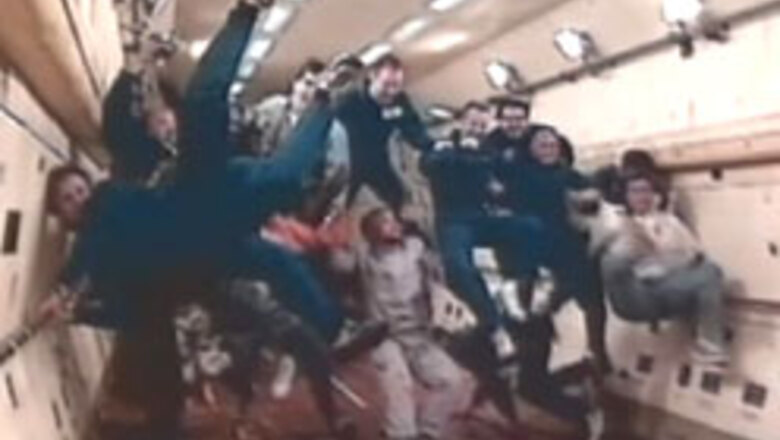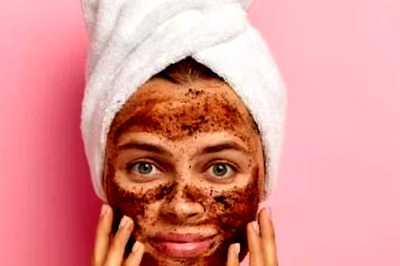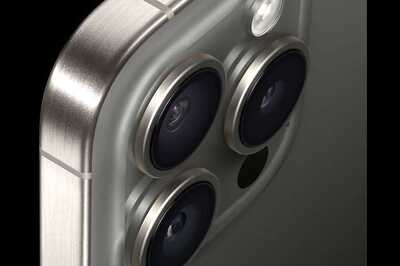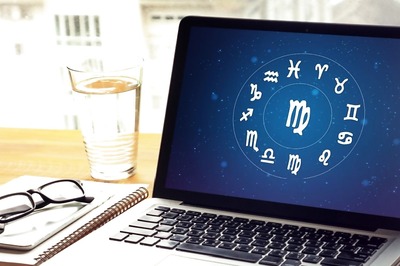
views
London: Astronauts offering etiquette lessons to space tourists have warned them to keep their libidos firmly on the ground, as sex in space could seriously jeopardise missions.
At the International Symposium for Personal Spaceflight in Las Cruces, New Mexico, US, former shuttle astronaut Tom Jones said over queries whether sex in space missions was permissible, that he would “like to leave that for the commercial sector” as “out-of-this-world sex could jeopardise missions”.
At the summit astronauts and space doctors gave prospective space tourists advice ranging from the serious, like not looking directly at the sun, to the not so serious, not hogging prime viewing space at the windows.
Astronauts said since the tourists will not be from among the highly trained, highly accomplished astronaut corps, but average civilians, they needed to learn the basics of space travel.
Issues like cleaning up the toilet after one use, though might sound trivial, was important, for they were all about practicality, they said.
"If you don't take care of your own responsibilities, tension can build up, especially on a long-duration space flight," New Scientist quoted Jones, who is now on the advisory board for Space Adventures, the company that currently books orbital flights for tourists on Russia's Soyuz rocket, as saying.
Tension in such close confines could even lead to the space version of air rage, he said, adding it was something for which space tourism companies will have to develop procedures to deal with.
"This would be a real drag to happen on your space tourism flight. To prevent conflict, tourists should not spend too much time at the windows during their limited time above the Earth,” added a former astronaut who studies space physiology at Dartmouth College in Hanover, New Hampshire, US, Jay Buckey.
Buckey said space sickness was a big issue for novice space flyers.
Even highly trained test pilots still get queasy in the new environment of microgravity. Medication will probably be part of the solution, he said.
He said research by NASA scientists on students who flew experiments on the C-9 aircraft that simulates weightlessness, revealed a much lower rate of motion sickness among students who were administered anti-motion sickness drugs.
But the drug they inject to quell space sickness, promethazine – sold under the brand name Phenergan, has its own set of problems. In space, Phenergan has been linked to urinary retention. Four crew-members have had to have catheters inserted into their bladders during spaceflights, Buckey added.
Researchers said tourists should never look directly at the Sun while in space.
“One space tourist had burned his retina on his mission because he had taken pictures of the sun with a high-magnification lens,” said a flight surgeon.
Other practical advice offered, included asking women space tourists to cut their hair short, as it took longer time to wash and dry hair while in space, and use of duct tape while cutting nails so that the nail clippings did not float about in the cabin, causing problem to other passengers.
On a final note, astronauts said, tourists, who wanted to take their drinks aboard the shuttle, should avoid coloured beverages, as liquids form a sphere in the absence of gravity.




















Comments
0 comment